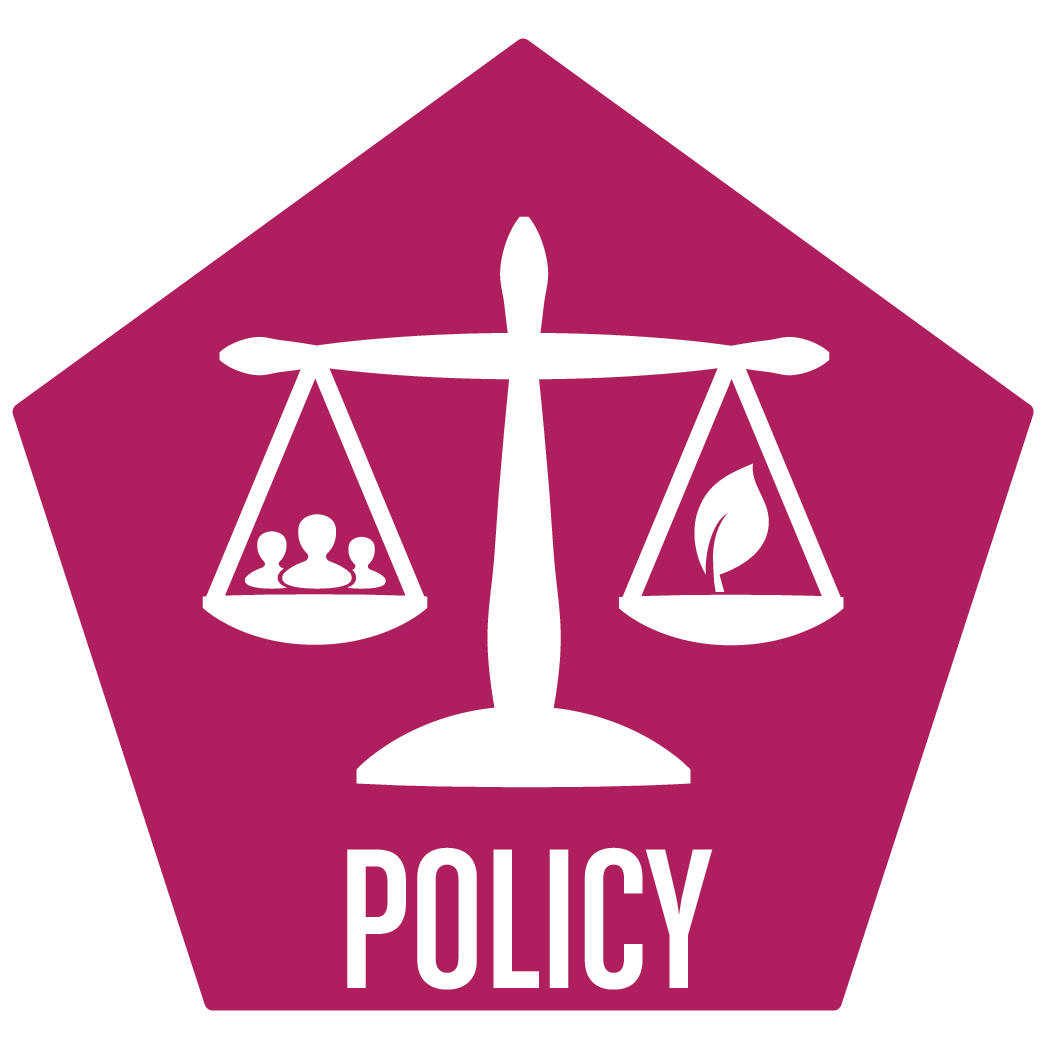9.1 Coordinate regional approaches to identify, prioritize, and implement projects to address impaired waters
Key Message: Continued water quality declines in local water bodies, especially in Sarasota County’s southern bays, are likely to be exacerbated by increasing development pressure. The potential for regulatory remedies reinforces the urgent need for broad-based, regional coordination to examine water quality trends and implement timely solutions.
Importance
Despite significant improvements over the past 30 years, water quality impairments persist throughout the region. Some indicators suggest declining water quality in Sarasota County’s southern bays. Dona Bay, Roberts Bay Venice, and Lemon Bay are listed as “Impaired Waters” by the Florida Department of Environmental Protection (FDEP) due to nitrogen levels exceeding state standards. The Sarasota Bay Estuary Program (SBEP) convened a broad stakeholder group—a Water Quality Consortium—to assess trends and agree on immediate nutrient control strategies. Sarasota County continues to update its watershed management plans for Sarasota Bay (2022), Little Sarasota Bay (in progress 2025), and Lemon Bay (in progress 2025) to identify nutrient pollution and flooding hotspots and propose mitigation projects. As development continues, coordinated regional approaches to monitor, evaluate, and address water quality threats are more important than ever.
Seagrass requires sunlight to penetrate through the water for photosynthesis. Nutrient pollution feeds microscopic algae that cloud the water and block sunlight. Source: Tampa Bay Estuary Program
Overview
Sarasota County has made substantial progress. Capital investments in wastewater and stormwater infrastructure have reduced nitrogen loading to the bays by 64% since 1989 (SBEP 2022). These gains resulted from initiatives such as converting septic systems to central sewer (see Chapter 2); consolidating private wastewater plants and eliminating direct discharges while improving treatment levels and capacity (see Chapter 1); and applying regional and onsite stormwater treatment strategies (see Chapter 6).
These improvements occurred under the regulatory framework of the federal Clean Water Act (CWA), administered in Florida by FDEP and the U.S. Environmental Protection Agency (EPA). Under the CWA, FDEP classifies waters by designated use: Class I for drinking water, Class II for shellfish harvesting, and Class III for recreation and fish and wildlife support. Most local bay waters are designated Class III, except for a portion of Big Sarasota Bay classified as Class II. The whole Sarasota Bay Estuarine Syatem from Sarasota Bay to Lemon Bay is also designated an Outstanding Florida Water, restricting activities that would degrade water quality.
Water quality of local bays is evaluated using EPA-approved numeric nutrient criteria (NNC) for total nitrogen, total phosphorus, and chlorophyll-a. These criteria establish thresholds necessary to support a waterbody’s designated use and protect aquatic life and public health. If a waterbody exceeds NNC thresholds, it may be listed as “impaired” for pollutants of concern, such as nutrients, bacteria, or metals.
During the 2022–2024 FDEP assessment cycle, Sarasota Bay, Little Sarasota Bay, Blackburn Bay, and Roberts Bay were delisted for chlorophyll-a, and Roberts Bay was also delisted for total nitrogen—indicating improved water quality. However, the southern bays and several tributaries remain impaired for nutrients (Table 9.1.1).
Table 9.1.1. Sarasota County waterbodies verified impaired by FDEP for nutrient pollution. Source: FDEP 2022-2024 assessment, updated February 11, 2025.
FDEP prioritizes impaired waters for Total Maximum Daily Load (TMDL) development, which defines the maximum pollutant load a waterbody can assimilate while still meeting water quality standards. TMDLs allocate allowable loads by source. Once established, non-allowable pollutant loads must be addressed.
FDEP encourages proactive local restoration plans, which can reduce the need for regulatory enforcement and focus limited resources on effective solutions. Local stakeholders have three planning options when state standards are not met:
- Option 1 – Develop a TMDL and enforceable Basin Management Action Plan (BMAP).
- Option 2 – Develop a Category 4B Reasonable Assurance Plan (RAP), a voluntary, stakeholder-led plan demonstrating actions that will restore water quality without a TMDL.
- Option 3 – Develop a Category 4E Plan, which may result in a TMDL if restoration progress is not demonstrated.
Although the 2022–2024 FDEP assessment did not trigger new TMDLs for the Sarasota Bay estuary, SBEP convened a regional Water Quality Consortium to address ongoing nutrient concerns in the bays in the face of climate change and development pressure. The Consortium opted to develop a Water Quality Protection Plan (WQPP) instead of a RAP. Since open-water areas of Sarasota Bay are not currently impaired for nutrients, a regulatory process is unnecessary. The WQPP will:
- Diagnose past water quality challenges
- Identify drivers of recent improvements
- Forecast nutrient loads over the next 30 years
- Recommend science-based solutions
Work of the Water Quality Consortium
- Reevaluate water quality indicators and targets
- Update the pollutant load model with new data on groundwater, reclaimed water, and atmospheric deposition
- Define nutrient loading thresholds
- Identify and prioritize nutrient reduction projects
- Build a broad, action-oriented community coalition
Recent improvements in water quality and reduced nitrogen loads are supporting seagrass recovery. While 2022 saw the lowest seagrass coverage in a decade, 2024 monitoring shows promising regrowth of nearly 2,000 acres (Figure 9.1.1).
Figure 9.1.1 Seagrass gains and losses from 1988 to 2024 for Palma Sola, Sarasota, Roberts, Little Sarasota, Blackburn, Dona & Roberts, and Lemon Bay. Source: Southwest Florida Water Management District
Approach
Strategies and projects identified in the WQPP can draw from this Playbook; SBEP’s Comprehensive Conservation and Management Plan (SBEP 2022); CHNEP’s CCMP (CHNEP 2025); and local watershed plans including the Sarasota Bay Watershed Plan (Stantec 2022), Little Sarasota Bay Watershed Plan (in progress 2025), and Lemon Bay Watershed Plan (in progress 2025). Cross-walking these strategies into local strategic plans will be essential (see Chapter 9.2). Nutrient reductions should be tracked by project and waterbody in a publicly accessible platform, such as the Sarasota County Stormwater Utility’s Projects Catalogue on the Sarasota Water Atlas (see Chapter 9.4).
Watershed improvement projects designed to reduce nutrient pollution. Source: Sarasota Water Atlas
Resources
- Sarasota Water Atlas Watershed Improvement Projects Catalogue
- Bay Conditions Overview
- FDEP Impaired Waterbodies List
Status
Completed
Performance Measure
- Formation of the Water Quality Consortium
- Adoption of watershed management plans and water quality protection plan with specific strategies for nutrient reduction with funded projects
Experts or Leads
SBEP
Cost Estimate
$100,000-$1,000,000
Related Activities
Other Coordination and Collaboration Activities
9.2 Coordinate strategic planning for water quality within and across agencies and organizations with local jurisdiction
[dipi_masonry_gallery images="405,894,447" columns="3" disabled_on="off|off|on" _builder_version="4.16" max_width="100%" max_width_tablet="50%" max_width_phone="65%" max_width_last_edited="on|desktop" module_alignment_tablet="center" module_alignment_phone="center"...
9.3 Inventory, develop, and coordinate grant funding
[dipi_masonry_gallery images="405,894,447" columns="3" disabled_on="off|off|on" _builder_version="4.16" max_width="100%" max_width_tablet="50%" max_width_phone="65%" max_width_last_edited="on|desktop" module_alignment_tablet="center" module_alignment_phone="center"...
9.4 Support a common publicly accessible website for data storage, visualization, and information sharing
[dipi_masonry_gallery images="405,896,447" columns="3" disabled_on="off|off|on" _builder_version="4.16" max_width="100%" max_width_tablet="50%" max_width_phone="65%" max_width_last_edited="on|desktop" module_alignment_tablet="center" module_alignment_phone="center"...
9.5 Increase capacity of area water quality professionals by supporting strong informational and professional networks
[dipi_masonry_gallery images="405,896,447" columns="3" disabled_on="off|off|on" _builder_version="4.16" max_width="100%" max_width_tablet="50%" max_width_phone="65%" max_width_last_edited="on|desktop" module_alignment_tablet="center" module_alignment_phone="center"...
9.6 Develop and deliver collaborative water quality education and outreach using local partnerships and networks
[dipi_masonry_gallery images="405,896,447" columns="3" disabled_on="off|off|on" _builder_version="4.16" max_width="100%" max_width_tablet="50%" max_width_phone="65%" max_width_last_edited="on|desktop" module_alignment_tablet="center" module_alignment_phone="center"...
9.7 Support local policymaker understanding of the cost-effectiveness of water quality protection policies
[dipi_masonry_gallery images="405,896,447" columns="3" disabled_on="off|off|on" _builder_version="4.16" max_width="100%" max_width_tablet="50%" max_width_phone="65%" max_width_last_edited="on|desktop" module_alignment_tablet="center" module_alignment_phone="center"...





